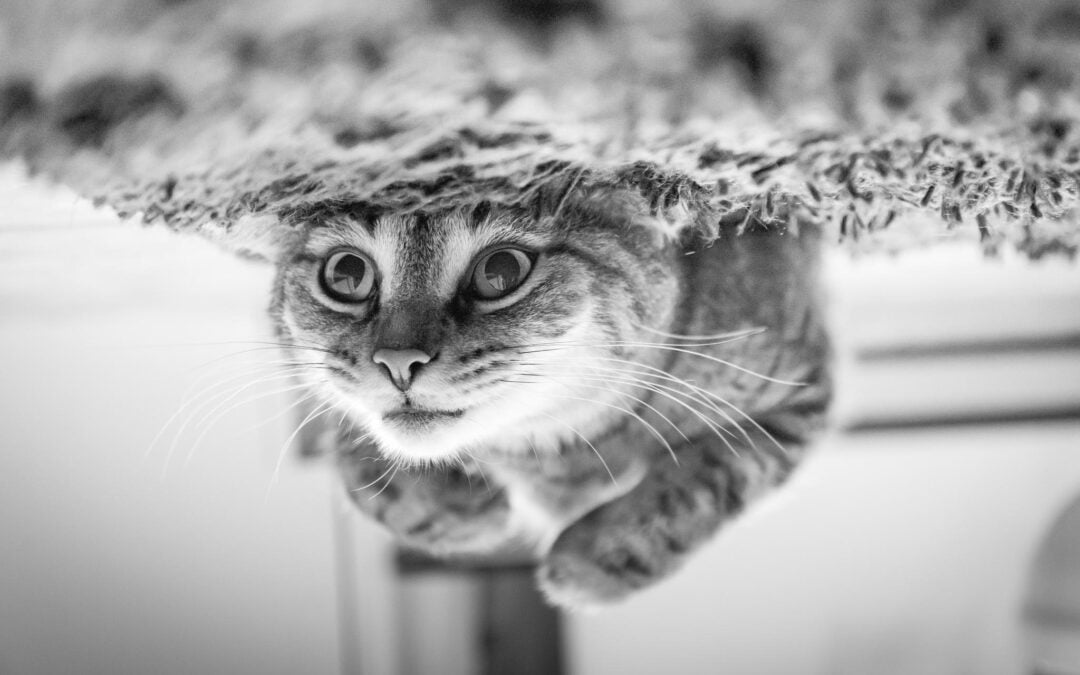
by Margejane | Cat Food & Treats, Featured
CATS WITH DIARRHEA
Cats with diarrhea isn’t a pleasant topic but it must be addressed. There are many different causes of diarrhea in cats, so the treatment varies. In simple cases of adult cat diarrhea, withholding food for 12-24 hours and providing water frequently, then feeding bland food like boiled fat-free chicken or boiled hamburger and boiled rice or plain mashed potatoes given in small amounts to start may resolve the problem.
Does your cat have smelly poop? If so, there are a number of reasons this could be happening, such as intestinal parasites such as Giardia. Giardia can cause foul-smelling feces with or without diarrhea. Other parasites such as Coccidia and trichomonas are parasites that can cause intestinal inflammation, odor, and diarrhea.
Signs of possible parasitic infection are chronic vomiting and loss of appetite, weight loss, and malnutrition. Some cats show no signs of disease.
GETTING RID OF PARASITES
De-worming can be done by either oral or injectable medication. Hookworms are blood-sucking intestinal parasites and can cause anemia and possibly death. Hookworms are intestinal parasites that live in the digestive system of your cat (or dog). They attach to the intestinal wall and feed on your cat or dog’s blood.
The eggs get ejected into the digestive tract and pass into the feces.
TAPEWORMS IN CATS
These are long, flat white worms with hook-like mouths that anchor onto the wall of your cat‘s small intestine. Cats can get infected if they digest an infected flea while grooming, and then the flea can transmit a tiny tapeworm into the cat and grow into a full-sized adult worm. If treated promptly tapeworms shouldn’t prove dangerous.
With the proper medication, the tapeworms can be killed within 24 hours, and on occasion, a second dose is required 3-4 weeks later.
HOW TO GET RID OF FLEAS ON CATS
Years ago I fell in love with a beautiful Torti cat I saw on Petfinder and decided to adopt her. To my horror, it turned out my beautiful new cat had fleas! I had never had this problem before.
I had two other cats in my apartment and I was panicking. In my case, I took the cats to the vet for flea baths and fumigated the place with Cedarcide, an all-natural non-toxic product that suffocates the fleas rather than poison them. One treatment and my home were once again free of fleas.
Cedarcide can rid your home and garden of all sorts of pests. It’s available on their website. You can also safely treat your cat’s flea problem with Flea-Ex, an all-natural, highly effective product.
You can find this and many other all-natural cat products where I shop for mine. My 17-year-old cat, who has chronic kidney disease, was not eating, but after using these all-natural products for cats with kidney disease, she started eating well the very next day, much to my amazement, has continued doing so and got a very good bill of health from a recent veterinarian visit.
If you don’t or can’t fumigate your home:
- Vacuum floors (I put a flea collar inside my vacuum which was recommended)
as well as upholstery and mattresses (I sprayed my mattress with Cedarcide, and never got another flea bite after that one treatment) and you can also spray Cedarcide on your furniture.
- Wash all of your bedding and your cat’s bedding in hot water.
NOTE: The above-recommended product, Cedarcide, is not only excellent to kill fleas, but works great on all kinds of pests, both indoors and out, and is safe around animals and humans.
UPPER RESPIRATORY INFECTIONS (URI)
The upper respiratory tract includes the mouth, nose, sinus, throat, larynx (voice box) and trachea (windpipe.) Bronchitis and pneumonia are infections of the lower respiratory tract.
DO CATS GET “COLDS?”
Cats do get upper respiratory infections (URI’s.) What is the cause of URI’s in cats?
There are two viruses that are the most common causes. They are the feline herpes virus and the feline calicivirus. These two viruses make up almost 90% of colds (URI’s) in cats. There are a few other causes, such as feline chlamydiosis, Bordetella, and mycoplasma. Cats with severe URI’s may be tested for these pathogens, as well as if large groups of cats have been exposed.
SYMPTOMS YOUR CAT MAY HAVE AN UPPER RESPIRATORY INFECTION (URI)
Symptoms may include cat’s eyes watering, wheezing, sneezing in cats, runny nose, sniffling, fever (often evident by loss of appetite, oral or nasal ulcers, raspy voice or loss of voice).
WHEN TO SEND YOUR CAT TO THE CAT CLINIC (OR DOG & CAT HOSPITAL)
If your cat is eating and drinking normally, is active and acting per usual, then most likely your cat will recover on its own. I personally highly recommend the all-natural cat product on (put TwoCrazyCatLadies link here). This is not to replace veterinary care, but the products for URI work well to boost kitty’s immune system. Fortunately, most URI’s are relatively mild. A little extra care should take care of kitty for a full recovery.
Although most URI’s are viral in nature, there are times when antibiotics are required to prevent a secondary bacterial infection such as Bordetella and feline chlamydiosis. Your veterinarian can determine if this is needed.
If your kitty has stopped eating, and the cat’s eyes are watering, wheezing and/or sneezing a lot, not eating, congested so that kitty must keep its mouth open in order to breathe, please take your cat to your vet as soon as possible.
MY STORY
Many years ago I had put my two cats, Sam and Pinky, into boarding at a brand new veterinary clinic. I hadn’t wanted to do this but my then-boyfriend didn’t want anyone he didn’t know coming into our apartment while we were out of town.
We were only gone for one week. When I returned, my little cat, Pinky, had a slightly running nose and watery eyes, but she was eating and behaving fine. My large male cat, Sam, was so sick it was frightening. He stopped eating and drinking, stopped grooming himself, and worst of all stopped urinating and defecating.
He would just lie on his back with his mouth open and his tongue hanging out. I rushed him to the vet I had boarded him at, and was told that, unbeknownst to them, a woman had boarded four cats, one of whom had an upper respiratory infection. Of course, the vet treated Sam free of charge.
I had to take Sam to the vet every day, and force-feed Sam with a syringe every day. My other cat, Pinky, recovered quickly and even groomed poor Sam.
Sam eventually recovered. I bring this true story up as an example of how different the severity of UTI’s can be. I must tell you that after this experience I refused to ever board my cats again.
To this day whenever my husband and I go out of town, I have a great cat sitter care for our five cats in our home.
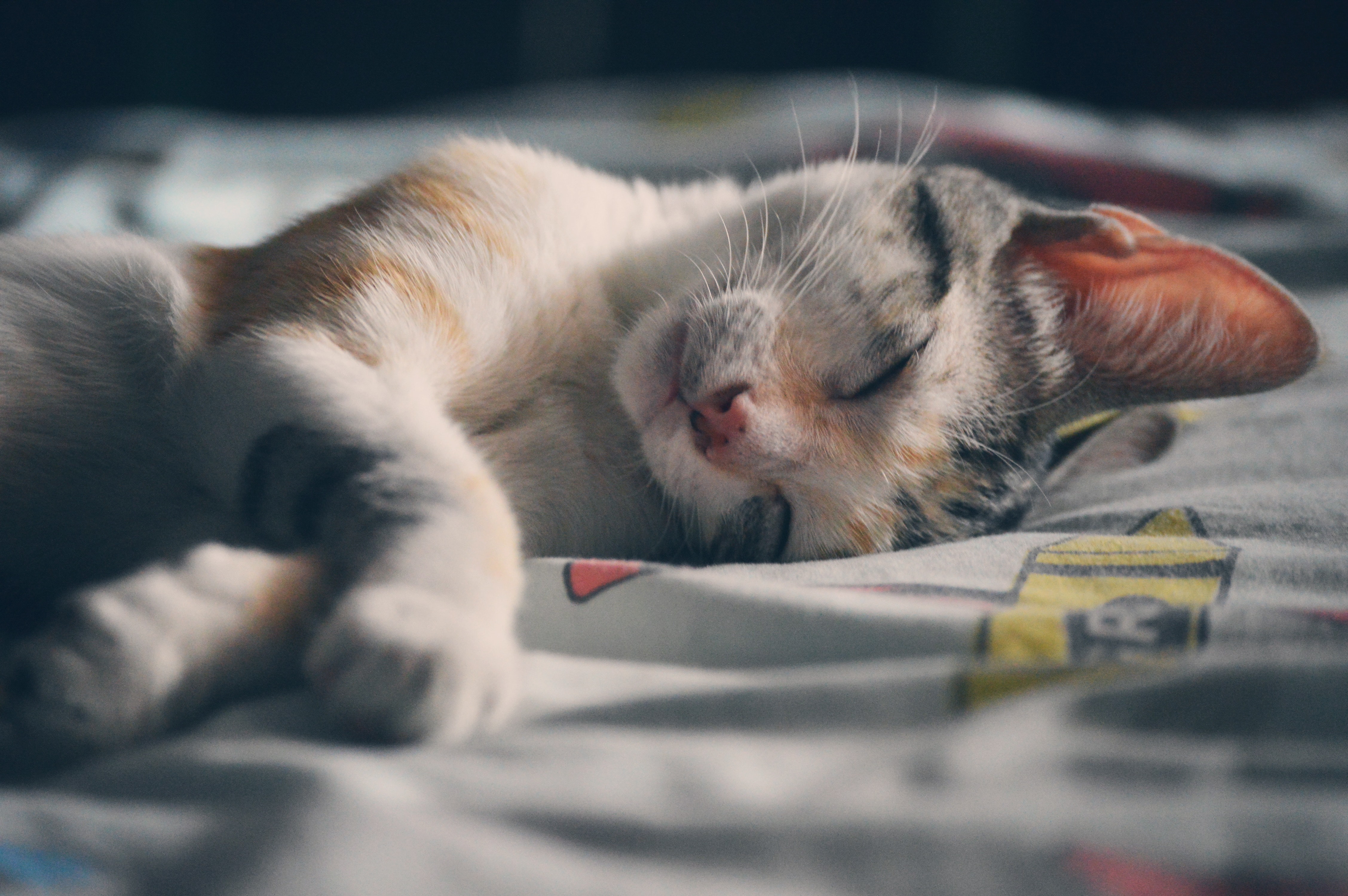
by Margejane | Cat Accessories, Cat Health
There was a time not all that that long ago when a cat’s lifespan was such that an 8-year-old cat was considered to be a senior. Today, this is no longer the case. The life expectancy of cats has increased considerably thanks to better nutrition, living safely indoors, and better veterinary care. Indeed, a cat’s lifespan indoors averages 13 to 17 years, and many cats even live into their 20’s!
CARING FOR YOUR SENIOR CAT
Contrary to popular opinion, growing older is not a disease. Some older cats are more susceptible to different conditions, and some older cats are perfectly fine.
A cat’s lifespan is generally longer if the cat is kept safely indoors. The basic needs of your cat are fairly simple. You love your cat and you want your cat’s lifespan to be long. First, a comfortable sofa bed in a cozy, pleasantly warm area of your home is essential. A litter box that is kept clean and is easily accessible, preferably with lower sides. Clean water and quality cat food (ask your vet for a recommendation)is necessary…in general, the best food is grain-free food that has high moisture content.
AS a rule, a grown cat is fed twice a day unless otherwise instructed by your veterinarian. Kibble should be given at your vet’s discretion, as it may be detrimental to a senior cat’s health. I always add L-Lysine to my cats’ wet food once daily, as it boosts a cat’s immunity. You may need to keep food and water in more than one place, and sometimes a second litter box is advisable.
Be sure to see your veterinarian regularly. On average twice a year for a healthy cat is recommended. I can’t emphasize this enough. A complete physical exam can assure you your cat is healthy, or detect any issues hopefully before they become serious.
Make life easier for your senior cat. Purchase pet steps so your cat doesn’t have to (or can’t) get on your bed. Create box steps so your cat can reach its favored spots.
For the safety of both you and your senior cat, keep a quality night light on.
A SENIOR CAT’S SPECIAL NEEDS
Just like humans, cats are individuals who can begin to experience age-related physical changes as they age. It is most likely that some cats may encounter these changes between 7 and 10 years of age, and most do when they reach 12. Here’s how a cat ages when compared to a human:
CATS HUMANS
1 yr old 16
2 yr old 21
3 yr old 25 10 yr old 53
12 yr old 61
And a 15-year-old cat is 73 in human years!!
• As your cat ages, there can be many physical and behavioral changes. An older cat is less effective at grooming itself which can result in matting, inflammation and skin odor. An older cat’s skin is thinner and less elastic and is more prone to infection. It also has reduced blood circulation.
• An older cat’s immune system is less able to fight off infection and disease.
• Hearing loss is common in older cats.
• Arthritis is common in older cats
• Hyperthyroidism – Hyperthyroidism is fairly common in cats 13 years old and older. It is quite uncommon in cats 10 years old and younger, with only 5% becoming hyperthyroid.
What is hyperthyroidism? Hyperthyroidism is the overproduction of thyroid hormones by the thyroid glands.
Signs of hyperthyroidism may be subtle and then increase in severity as the disease progresses. Signs include weight loss, increased appetite, increased thirst, and urination. If treated properly and early, a cat may make a full recovery.
TREATMENT FOR HYPERTHYROIDISM
There are 4 treatment options:
1. Radioactive iodine therapy
2. Medication
3. Surgery
4. Dietary therapy
In RADIOACTIVE IODiNE THERAPY, it is injected under the skin and concentrates in the thyroid gland, destroying overactive thyroid cells.
MEDICATION – Methimazole is used to treat hyperthyroidism in cats.
SURGERY – removal of the thyroid gland (thyroidectomy) has a good success rate and most likely is a permanent cure.
DIETARY THERAPY – prescription food that is iodine-restricted can help, but the effects of long-term iodine restriction is still being studied.
It’s important to note that cats with hyperthyroidism on this diet CANNOT be fed anything but their prescription food.
CHRONIC KIDNEY DISEASE
kidney disease (CKD) is the persistent loss of kidney function over time. CKD occurs in cats of all ages, but is most common in older cats and occurs in approximately 3 out of 10 geriatric cats.
Kidneys perform a variety of vital tasks:
• Eliminate protein wastes
• Balance body water, salts, and acids
• Produce quality urine
Kidney disease impairs kidney function.
There are two types of kidney diseases:
1. Chronic kidney disease – here kidney function declines slowly. Mild signs of chronic kidney disease do progress as kidney disease worsens.
2. Acute kidney disease – if a cat suffers an injury to the kidneys, it may become very seriously ill and stop urinating completely. Death often follows.
Early signs of mild kidney disease include frequent thirst and urination. Sometimes the cat owner doesn’t realize how much kitty is drinking, but if the litter box has an unusually large amount of clumped litter (if you are using clumping litter) or large pools of urine, that warrants a trip to the vet as soon as possible.
Signs of severe kidney disease may show:
• Vomiting
• Weight loss
• Increased urination and thirst
• Decreased appetite
Your cat may sleep more and groom less.
There are risk factors that can initiate kidney disease, such as infection, kidney stones, blockage of the urethra (the tubes leading from the kidneys to the bladder), cancer, polycystic kidney disease (polycystic kidney disease (PKD) is an inherited condition in cats.) It causes multiple cysts (which are fluid-filled pockets that form in the kidneys.) These cysts are present from birth, and at first, are quite small but increase in size over time and eventually, they may impair kidney function.
If you suspect your cat may have CKD, take him to your vet as soon as possible.
A frequent question is: “What is the life expectancy of cats with chronic kidney disease?” The cat’s lifespan can vary depending upon how well kitty responds to treatment in the initial stage of the illness, and the quality of follow–up care. Treatment is encouraged – many cats do have a good quality of life and can live as long as four more years. From my personal experience, I can tell you that my 17-year-old cat has had CKD for about 2 years now and got a good bill of health at a recent vet checkup.
1. Because senior cats are harder to find homes for, you’re saving a life and giving a senior cat a loving home.
2. Senior cats are calmer and more relaxed and less likely to get into trouble.
3. Senior cats tend to be good about using a scratching post and not your furniture.
4. Senior cats are good at using the litter box.
5. Senior cats have longer and better attention spans and are easier to train.
6. A senior cat’s personality is already developed, so you know what you’re getting and if he/she is a good fit.
7. Senior cats seem to be very thankful for being adopted.
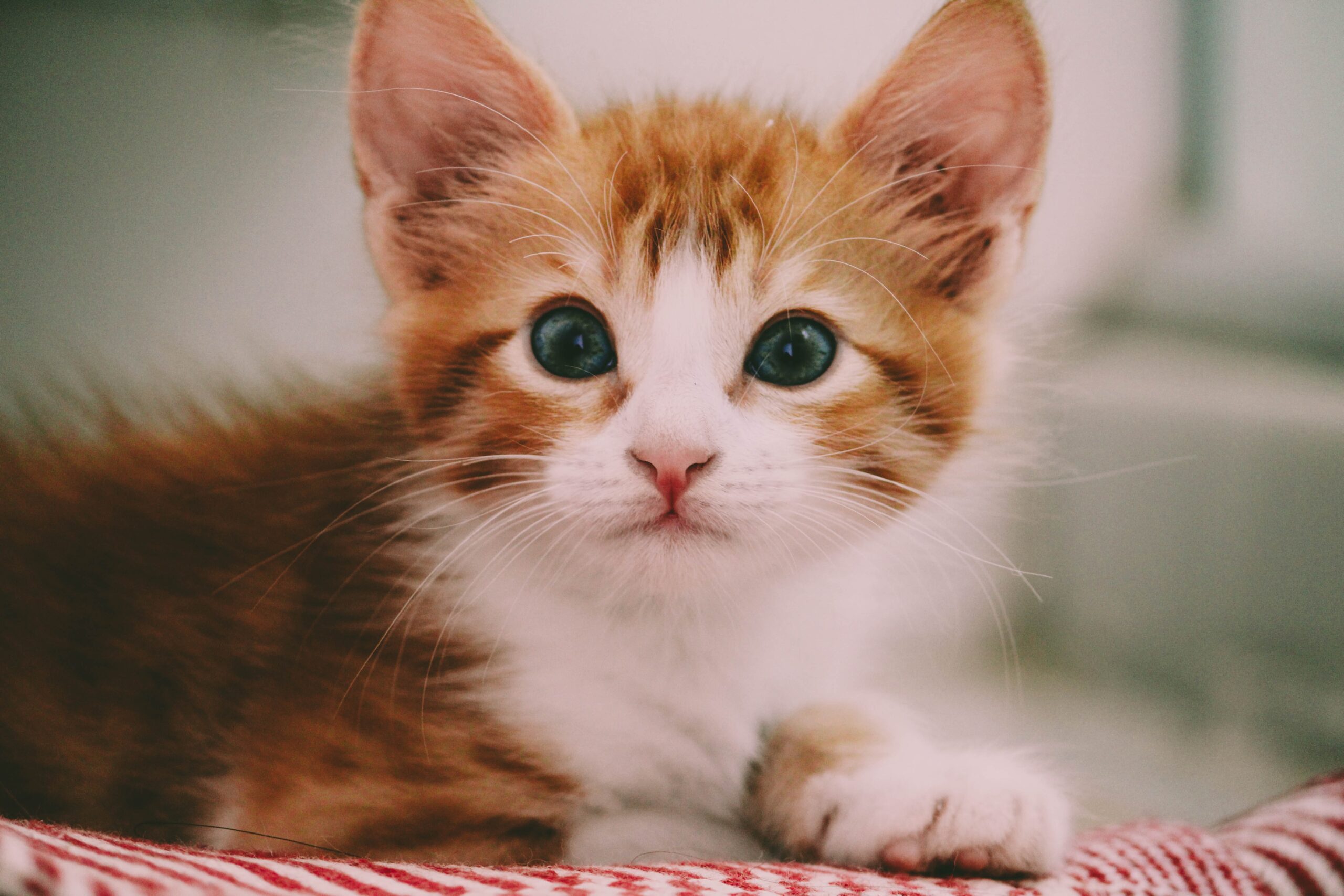
by Margejane | Cat Health
Hello Fellow Cat Owners,
A cat that pees in the house is not only terribly upsetting, but it can make your home stink like a dirty litter box. Stopping this behavior can be extremely frustrating. I know from personal experience – I had a cat, Boots, who would spray anything and everything. I tried pheromone plugins, a spray bottle with cat repellant – everything, but nothing worked. It was truly a nightmare.
I’m happy to say that this problem can now be resolved with CAT SPRAYING NO MORE. CAT SPRAYING NO MORE will show you simple, highly effective methods to stop this dreadful habit once and for all.
Get it here without further delay
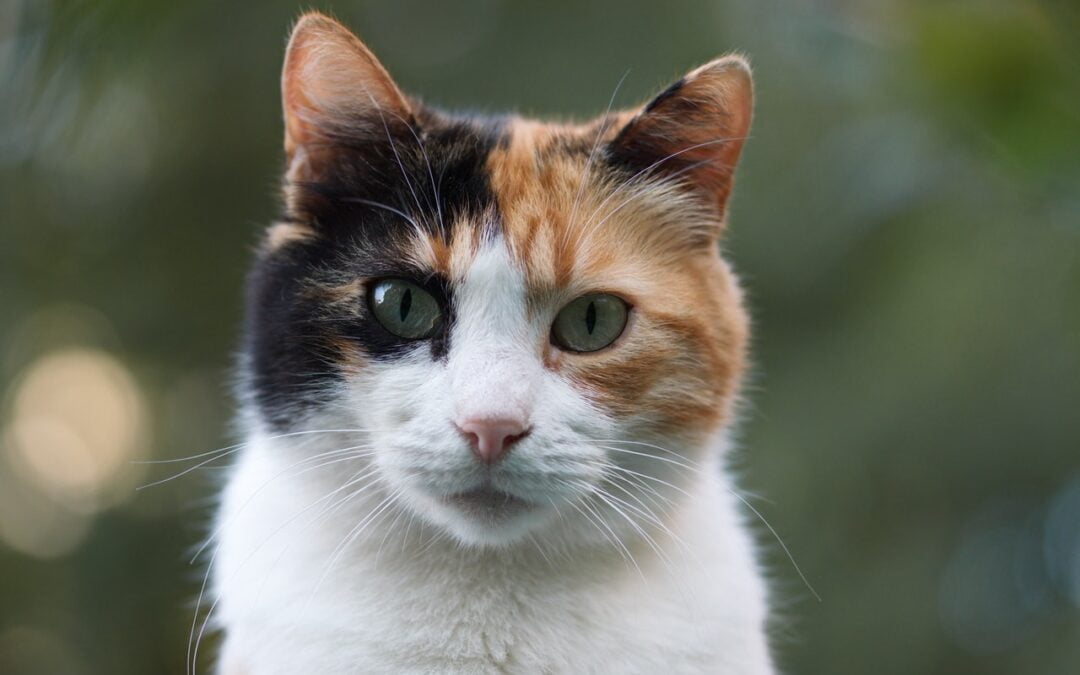
by Margejane | Cat Food & Treats, Cat Health
I had given my cats one of those commercial brands of cat treats until I read the label – full of unhealthy fat, preservatives, and in a nutshell, nothing good. We’ve probably all done that. I am sure you, my valued readers, want the very best for your cats, so I have searched for and found five all-natural, healthy and delicious (for cats) homemade cat treats. Easy to make and kitty will probably love them. I hope you’ll have as much fun making them as I have chosen them for you.
NOTE: if you make tuna treats, please be sure not to give too many dailies, and do not make these all the time. Tuna does contain mercury; in small amounts it’s okay, but not as a constant.
CHICKEN CAT TREATS
- 1 heaping cup rolled oats
- 4 ounces cooked chicken, chopped into small pieces
- 2 tablespoons + 2 teaspoons olive oil
- 1 heaping teaspoon dried catnip
- 1 large egg
Put oats in a food processor until they are flour. Put the remaining ingredients in a food processor until well combined. Put into a bowl.
Preheat oven to 350 degrees. Line two baking sheets with parchment paper.
Roll out ¼ teaspoon-sized portions into balls, then flatten using your finger. Place evenly on the baking sheets.
Bake 15-17 minutes or until golden brown and dried out on top. Let cool completely. Store in fridge in an airtight container for up to 5 days.
YUMMY CAT TREATS (GRAIN FREE! NO BAKING REQUIRED!)
- 1 cup low sodium skinless, boneless canned sardines in water, drained
- ½ cup canned pumpkin
- (NOT pie filling, get pure pumpkin puree)
- 1 tablespoon fish oil
- 1 tablespoon kelp (available at health food stores)
Mix all ingredients and roll into balls. Put into containers and separate each layer with waxed paper to keep them from sticking together. Treats keep refrigerated for 3-4 days.
CHICKEN & SPINACH CAT TREATS
Note: You can use salmon or tuna in place of chicken. Whenever possible choose organic.
- ½ lb. boneless & skinless chicken thighs, steamed
- 1cup spinach leaves
- 1 cup quick-cooking oats
- 1 egg
- 1 tablespoon catnip
- ¼ cup flour (I prefer whole wheat or rice flour)
- Preheat oven to 350 degrees. Steam the chicken thighs until cooked through. You can use chicken breasts, salmon or tuna if you prefer. Let the chicken cool for 20 minutes before step 2.
- Place chicken, oats, spinach leaves, egg, and catnip in blender or food processor, and pulse on low until the mixture blends together. It should be slightly chunky but smooth, like wet sand.
- Place the mixture into a bowl and add the flour. Knead the dough until it is not sticky, then put it on a work surface dusted with flour.
- Use a rolling pin and create a rectangle of dough approximately ½ inch thick. Create small shapes with a cookie cutter.
- Put the kitty treats on a cookie sheet lined with parchment and bake for 20 minutes. Remove from the oven and cool until room temperature. Store in a sealed container in the refrigerator. It should last about 5 days.
POTATO AND TUNA PATTIES
- 1 small potato, peeled
- 1 can tuna in water, drained
- 1 egg
- Coconut flour, if needed
- Preheat oven to 350 degrees
- Boil or microwave potato until well-cooked and tender, about 5 minutes.
- In a medium blow, mash the potato with a fork.
- Add drained tuna and egg and mix until well combined and easy to mold. If the mixture is too moist add a little coconut flour, a teaspoon at a time.
- Shape mixture into bite-sized patties and place onto a baking sheet lined with parchment paper.
- Bake for 20-25 minutes until slightly browned and crispy. Store in an airtight container in the refrigerator.
SALMON AND CARROT CAT TREATS
- 1 can salmon, drained
- ½ cup carrot slices
- Coconut flour if needed
- Steam the carrots until mushy.
- In a blender, combine the salmon and carrots and process until well combined. Add coconut flour, 1 tablespoon at a time, if necessary to make the mixture moldable.
- Form the mixture into bite-sized balls and place on a baking sheet lined with parchment paper.
- Freeze until firm. Store in the freezer in an airtight container.
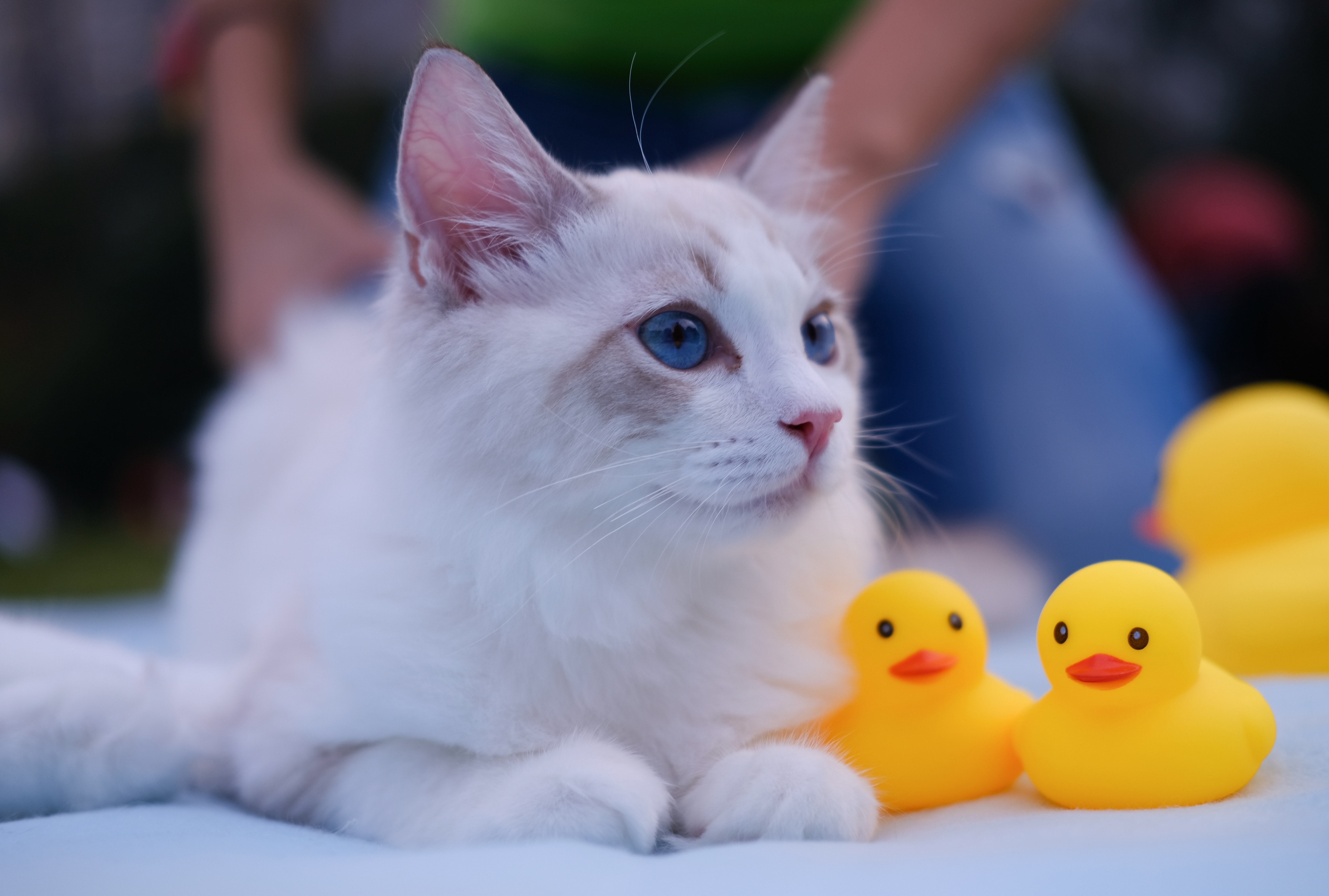
by Margejane | Cat Behaviors, Cat Food & Treats, Cat Health
So you’re thinking your cat is overweight. But how (unless he is obviously quite fat) to be sure? By taking a BCS, or Body Condition Score. A BCS is a number assigned to a cat’s body type ranging from 1-9, with 1 being very underweight and 9 being very overweight. The ideal weight is around 5, which is the healthiest cat weight.
If your cat is at the ideal weight (5) – your cat should have a well-proportioned body; you can see the waist behind the ribs; you’ll be able to feel the ribs but they have a slight covering of fat. There should be a little paunch of abdominal fat. Now, if your cat is overweight, meaning a BCS of 6-9, you can feel his ribs but they have excess fat covering. The waist and tummy fat pad can be noticed, but it’s not obvious. There’s no abdominal tuck. In an even more obese cat, the ribs cannot be felt and have excess fat covering. You can’t see the waist and the stomach is round with prominent tummy fat. The back has extra fat also. At the most extreme, kitty’s ribs and lumbar area are covered under a heavy fat covering. There’s also heavy fat deposits on the face and limbs The abdomen’s distended and covered in fat and you can’t see the waist – kitty’s too fat to have one.
ASSESS YOUR CAT STEP-BY-STEP
Here’s how to examine your cat thoroughly:
- Feel the ribs – see how easy it is to feel your cat’s ribs. If your cat is at the proper weight it will feel like feeling pencils in a pocket.
- Check kitty’s waist – an overweight cat does not have an hourglass shape – you’ll feel it when you run your hands along your cat’s ribs – they should tuck in when your hands reach the end of the ribs and come to the waist.
- Look at the side view – when you look at your cat from the side, kitty’s stomach should tuck up back towards the hind legs.
HELPING YOUR CAT LOSE WEIGHT
It’s estimated that 50% of cats in America are overweight. An overweight cat is more susceptible to diabetes, many types of cancer, heart disease, hypertension, osteoarthritis, bladder stones, etc.
It’s a slow and gradual process to get your cat back to a healthy weight. Losing weight too quickly is unhealthy and can be dangerous.
The following are some ways to help kitty lose weight:
- Measure kitty’s food so you know exactly how much kitty is eating. Calculate how much your cat is eating now and make a note of it. Keep a record of the amounts as you gradually reduce the amount of food you feed kitty (no more than 10% – 20% per month.)
- Feed your cat several small meals throughout the day. Your kitty will feel less deprived that way even though you’re gradually decreasing the amount of food he’s eating.
- Cats need a more natural diet – high moisture, high protein, and low carbohydrate. Most of the commercial kibble is not healthy. Try to transition your cat to wet or freeze-dried foods. There are some cats that seem to do better on a low calorie, high fiber weight loss diet. Your veterinarian can help determine what’s best for your kitty. Also, ask your vet about supplementing your cat’s food with L-carnitine, an amino acid that can help kitty lose weight faster while gaining lean muscle mass.
- More exercise – get some great interactive cat toys and spend time playing with the kitty a few times a day.
NOTE: You only want your cat to lose 3% – 4% of total weight per month, equivalent to one pound a month for a 20 pound cat. Keep a record of kitty’s weight (weigh every week or 10 days) and then sustain that weight loss by continuing the healthy food regimen.
In closing, helping your cat lose the weight it needs to lose can add years of a healthy life, and helping in the weight loss journey is well worth the effort!






Recent Comments